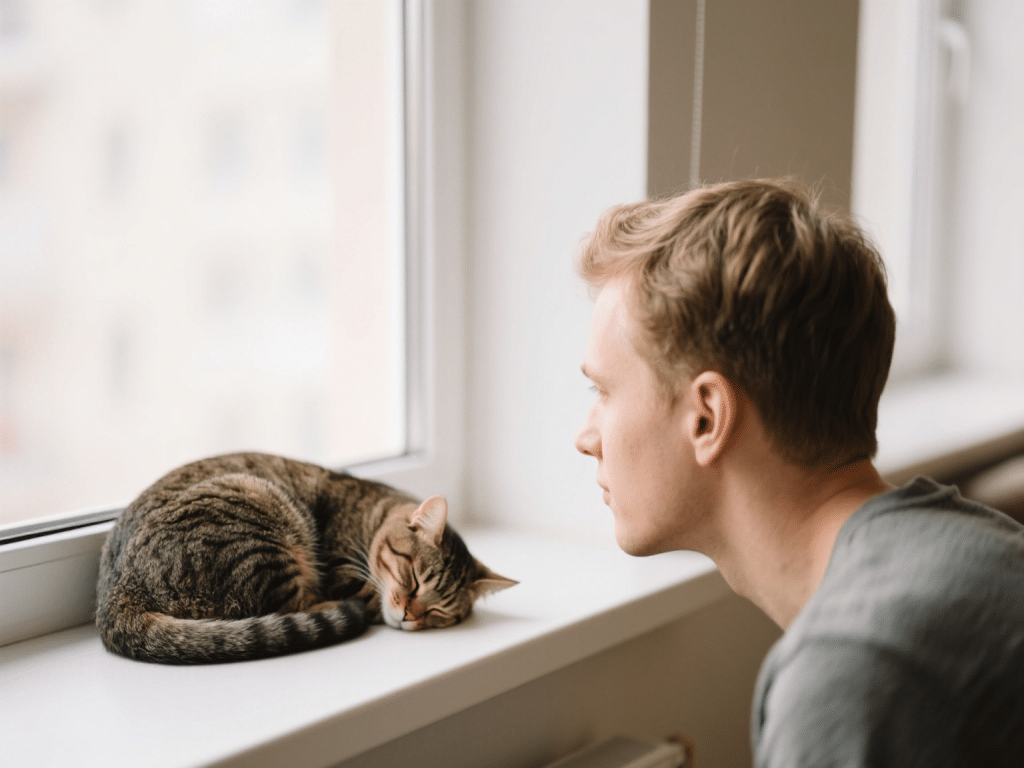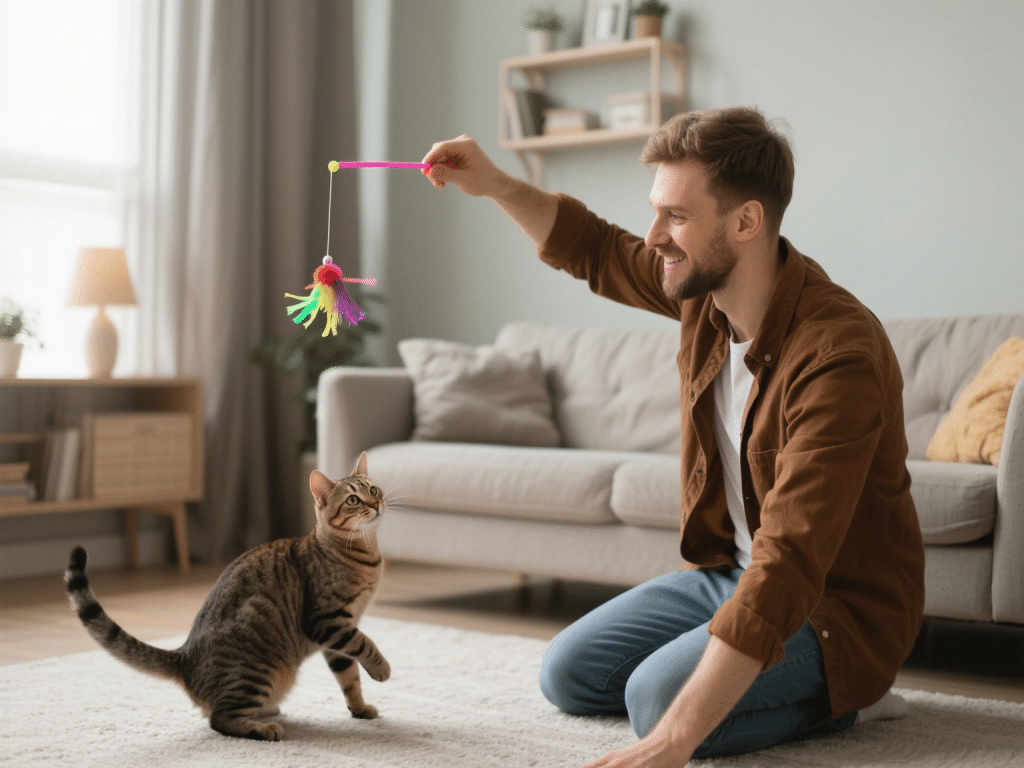
Introduction
Cats are renowned for their lengthy sleep periods, often snoozing 12–16 hours a day. This behavior, while normal, can puzzle owners who wonder if their cat is lazy or unwell. This article delves into feline sleep cycles, age-related changes, and ways to promote healthy rest.
1. Evolutionary Reasons for Prolonged Sleep
Energy Conservation: As obligate carnivores, cats in the wild hunt intermittently. Conserving energy between meals by sleeping helps them remain agile for short bursts of activity.
Crepuscular Activity: Cats are naturally most active at dawn and dusk. Extended daytime napping ensures they’re rested for hunting simulations during their prime activity windows.
2. Understanding Feline Sleep Cycles
Light Sleep vs. Deep Sleep: Up to 70% of a cat’s sleep is light dozing, during which they remain semi-alert. REM sleep, where dreaming occurs, accounts for about 25–30%.
Polyphasic Sleep Pattern: Unlike humans, cats sleep multiple times throughout the day and night, often in short bursts of 15–30 minutes.
3. Age and Health Factors
Kittens and Senior Cats: Kittens can sleep up to 20 hours daily to support growth, while older cats (12+ years) may also sleep more due to reduced mobility or chronic conditions.
Health Conditions: Excessive sleeping paired with lethargy, loss of appetite, or changes in litter box habits can indicate underlying issues such as hyperthyroidism, arthritis, or kidney disease. Regular veterinary checkups are crucial.
4. Environmental Influences on Sleep
Comfort and Security: A warm, quiet spot with soft bedding encourages longer naps. Cats often choose elevated locations (e.g., cat trees, window perches) for safety.
Household Activity Levels: In busy homes, cats may adapt by sleeping more to avoid disturbances.
Temperature: Cats prefer sleeping in warm areas; provide heated mats or sunlit windowsills in cooler climates.
5. Promoting Healthy Sleep Patterns
Interactive Play Before Bed: Engage cats in active play sessions using feather wands or laser pointers to mimic hunting, helping them expend energy and transition to restful sleep.
Scheduled Feeding: Feed your cat a larger meal in the evening to encourage sleepiness post-meal. Avoid late-night feedings that could stimulate activity.
Designated Resting Areas: Provide multiple cozy beds around the home—some in quiet corners and others near windows to offer variety based on your cat’s mood.
6. When to Be Concerned
Drastic Sleep Changes: If your cat suddenly sleeps much more or less than usual, monitor for additional signs like weight loss, vomiting, or changes in behavior.
Disturbed Sleep Patterns: Cats with excessive daytime rest but restlessness at night may be bored; increase play during the day.
Consult a Veterinarian: Persistent sleep disturbances, combined with behavioral changes, warrant professional evaluation to rule out medical issues.
Conclusion
Cats’ extensive sleep habits stem from evolutionary instincts, energy conservation, and age-related needs. Understanding the nuances of feline sleep cycles can reassure owners that lengthy naps are typically normal. By providing engaging playtime, comfortable resting spots, and routine veterinary care, you can support your cat’s healthy sleep habits and overall well-being.









Comments on "Why Do Cats Sleep So Much? Understanding Feline Sleep Habits" :